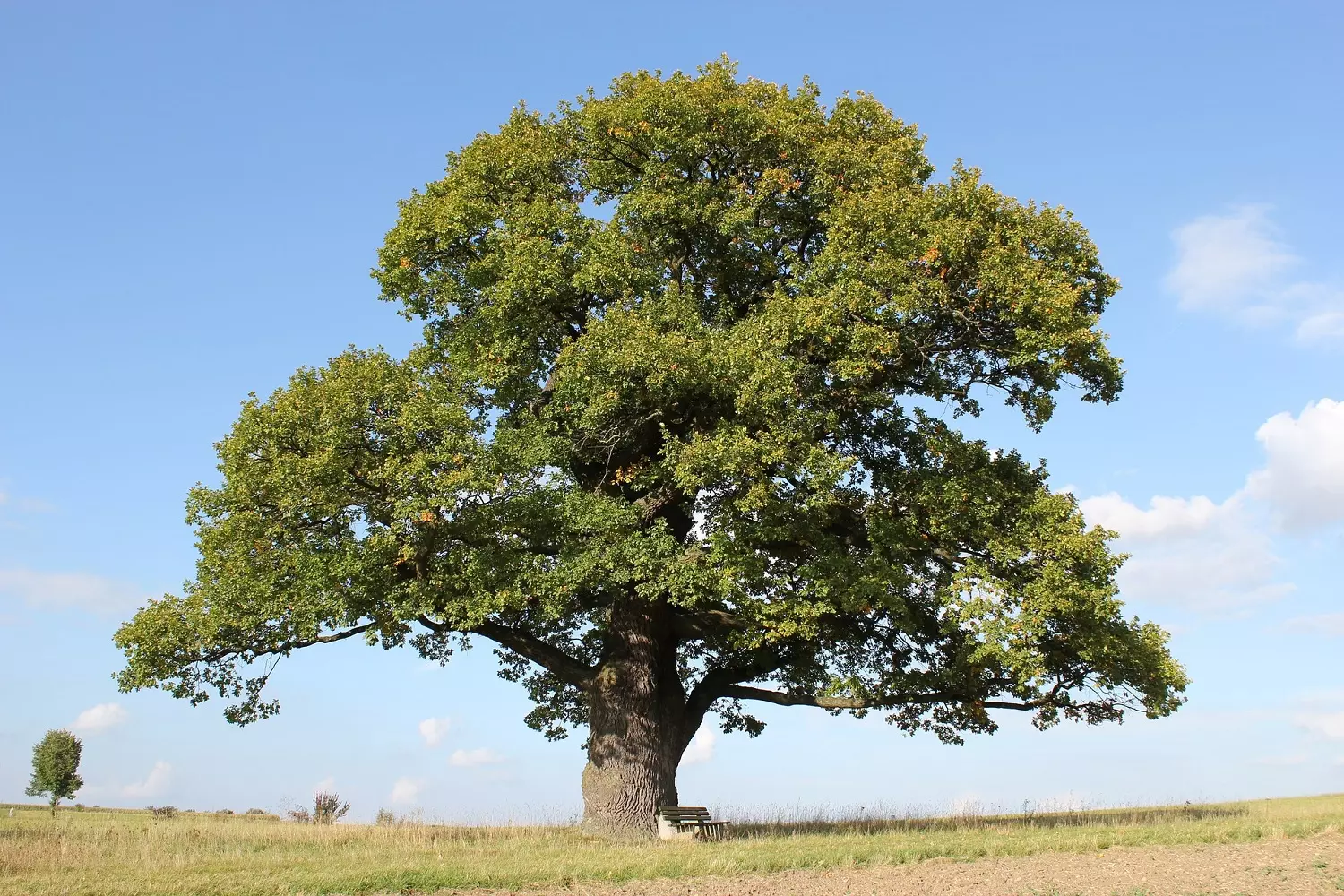[Originally published as An Oak is an Oak]
An interesting article came out of the peer-reviewed journal New Phytologist that looked at the genetics and ancestry of oak trees. The article was intriguing and, while it used the evolutionary phylogeny to come to its conclusions, still merits investigation.
There is more to this study than meets the eye.
As part of this research, the researchers mapped some parts of the DNA of two hundred and fifty different oak species. They then used several phylogenetic methods to determine how these oak species were related to one another. Their study claimed that about 60% of oaks in the world can be traced back to four ancestors.
One diagram in particular they used stood out. This diagram shows the results of a phylogenetic analysis so it is not entirely unbiased but the picture is very interesting.
While these oaks all—according to the phylogeny—link together, we should be skeptical of this because phylogeny assumes a universal common ancestor so it is not surprising that the phylogenies all tie back together. The dogma demands it.
However, what I want to focus on is what the evolutionists call clades, or in this instance, groupings. Based on the color coding, these researchers think that there are seven separate groupings here. Two of those are very small and could potentially be placed together if a more complete genomic analysis was performed.
The other nodes are more interesting. The blue node is huge and, if the tree is accurate, ties all back into one common ancestor, which was an oak. The rest of the nodes likewise share a common oak ancestor within the nodes. However, if the drawing is accurate, the yellow, greens and red nodes all share a common ancestor as well. Remember, we are assuming the drawing is accurate which it is not, at least completely.
Consider This in Light of the Flood
All land plants were wiped from the surface of the earth during the flood but their seeds survived. After the waters went down, the seeds germinated and formed the ancestral populations of the plants we observe today. Based on this data, it looks like there were three different types of oak seeds that germinated after the flood. It is possible there were more that went extinct in the post-flood world.
The implications of this data, if accurate, are that there were speciation events prior to the flood. With this assumption in play, we can take an entirely new look at the fossil record. Consider Tyranosaurids. There are dozens of dinosaurs considered to be Tyranosaurids, including the famous T. rex and Allosaurus.
What if we could look at them, not as different genera, but different species within the same genera?
Most dinosaurs and, indeed most extinct organisms, are known by their genus name. But if speciation was happening in a pre-flood world, then all these known genera we all learn as kids are not actually valid genera. Many of them should be folded into a single genera which more accurately describes the relationships among the various species.
This is just one way that looking at the world through a creationist Biblical perspective changes how we view biology.
Instead of viewing the fossil record as recording events over long periods of time, creationists view it as the result of the Flood in Noah’s day. This means, rather than being distantly related through eons of time, the animals in Flood sediments lived at the same time. Thus members of the same kind in Flood sediments are much more closely related than they are assumed to be under the evolutionary dogma. Particularly for plants and other non-air breathing, land-dwelling organisms—which would have potentially had multiple species survive the flood—this means we could see broader ranges of diversity in these organisms.
While the evolutionists did not do it on purpose, their study does have some implications which support the Biblical worldview. While oaks do reproduce oaks, it is possible that several different species of oaks survived the flood and appeared in the post-flood world. This could be possible for numerous other baramins as well and should be taken into account in any baraminology model.






